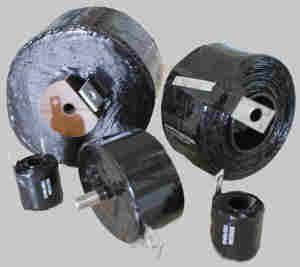mbrooke
Batteries Included
- Location
- United States
- Occupation
- Technician
My undeertanding is that that was the original circuit, not the replacement capacitor input filter.
In any case, it is not clear to me just how the original circuit was wired.
It is the original circuit for the fluorescent tube. It goes prong>inductor>tube>starter>tube>capacitor>switch>prong. In this case the starter appears to replaced with a red push button most likely because it failed. I had a similar model night light 11 years ago and I can indeed confirm with 100% certainty the capacitor was in series with the circuit since I took it apart after it failed. In latter models the inductor was replaced with a 3 watt 22 ohm resistor and after that the glow tube starter were replaced with an electronic circuit. Eventually these were discontinued all together. But in any case I know with 100% certainty that series capacitor inductor ballasts exists. The other place Ive seen them (in real life) is in ultra cheap shop lights:
http://www.lighting-gallery.net/gallery/displayimage.php?album=657&pos=9&pid=79249
https://softsolder.com/2016/02/26/led-shoplight-conversion-fluorescent-fixture-teardown/

